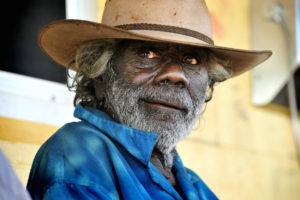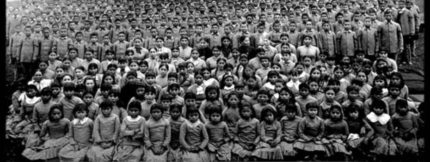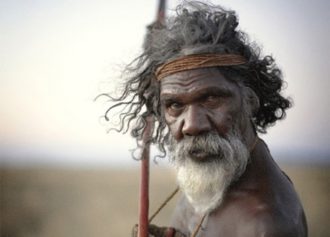
The Conversation
The Indigenous people of Australia continue to suffer from terrible living conditions and unfair criminalization years after the government began an unsuccessful intervention to aid them.
Many of these people live in Utopia, a broad, distant region in the Northern Territory of Australia called the Red Center. The country’s indigenous Black people, called Aboriginal Australians, are usually left starving with barely enough food to nourish themselves. They don’t have running water, consistently available electricity or sanitation.
Malnutrition is common in the area. It is also normal to find asbestos in Aboriginal homes. Children have chronic infections that result in kidney failure, and according to one resident, the wider community does nothing to help.
“White Australia sets up organizations and structures that offer the pretense of helping us,” says Rosalie Kunoth-Monks to Telesur, an elder of the Arrernte-Alyawarra people living in Utopia, Australia. “But it’s a pretense, no more. If we oppose it, it’s a crime. Simply belonging is a crime. Suicides are everywhere.”
The intervention of 2007 is mainly to blame for the current state of native Australian people. During that time, former Prime Minister John Howard sent the army into the indigenous area of the country to protect children from sexual abuse. The intervention was later exposed as a fraud by local police, but it left a lasting impact on the area. Because of the damage from the Howard Intervention, people in the Red Center are no longer the self-sufficient community they used to be. They no longer have the privilege of not worrying about food distribution, Telesur reports.
The Australian government has also criminalized Aboriginal Australians at disproportionate rates compared to those who are non-indigenous. The Guardian reports that as of 2016, Aboriginal people are 13 times more likely to be imprisoned. They also have a lower life expectancy than the overall community by four fewer years. In the past 20 years, The Drum reports rates of incarcerated Indigenous Australians have risen from one in seven to one in four. These people only make up 2.5 percent of the country’s population yet they account for 26 percent of the prison population.


